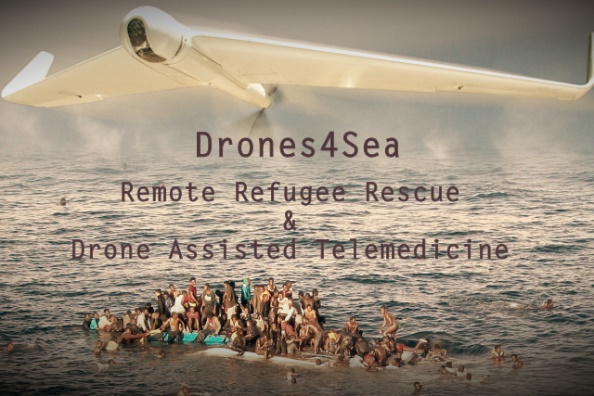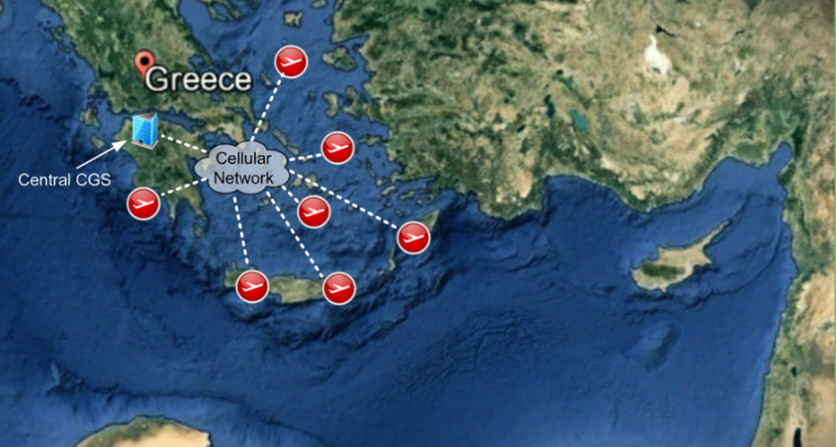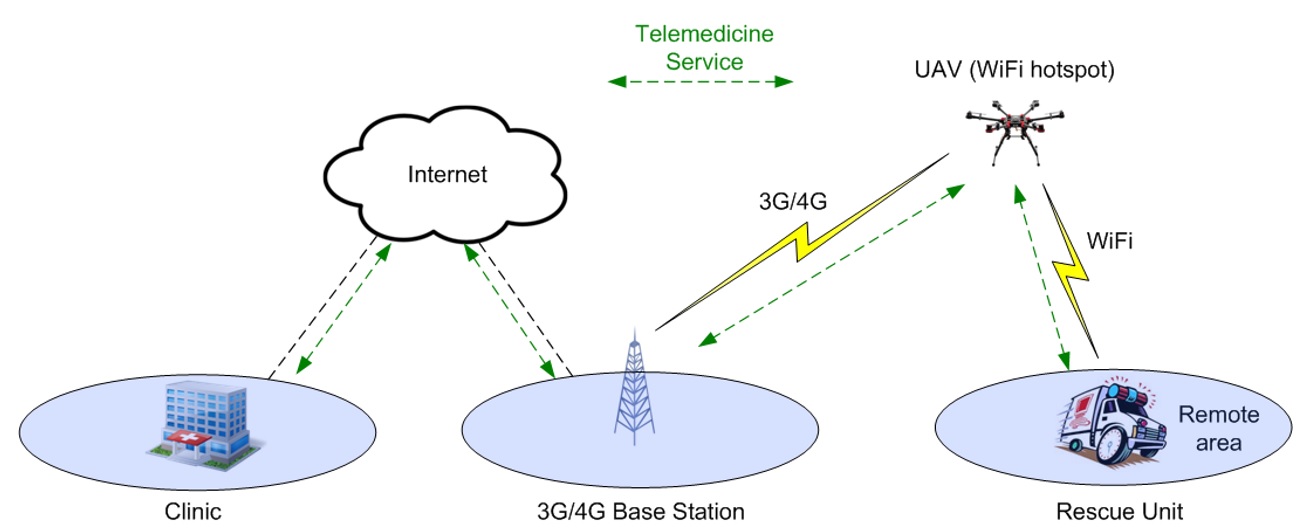
The Wireless and Mobile Communications Laboratory (WMCL) of the Department of Informatics and Telecommunications has entered the international competition Drones for Good with the proposal entitled ‘Remote Refugee Rescue & Drone Assisted Telemedicine (Drones4Sea)’. The basic concept behind this proposal is using drones to rescue refugees in the sea.
More than one million refugees have tried to reach Europe by crossing the Mediterranean Sea the last couple of years; a humanitarian crisis of unprecedented proportions. The main sea route is the eastern Mediterranean route where Greece is the entry point towards Europe. It is evident that search and rescue missions are of paramount importance and in this context, drones may prove valuable allies in surveying the sea borders as well as directly assisting the rescue crews with telemedicine services.
The proposed end-to-end system employs small size drones permanently deployed in remote Greek islands such as Rhodes, Samos and Chios. A key novelty is that drones are remotely controlled via existing mobile networks by a central station located anywhere in the country (e.g. in Athens). This architecture allows for better surveillance of the country sea boarders and fast alerts to the central station, when the predefined targets (boats, people in the sea, etc.) are detected. Moreover, the surveying drones will be equipped with the necessary computational and communication systems that will allow them to report back to the central station useful information concerning the detected point of emergency such as the GPS coordinates, the environment temperature, the wind direction, etc.

Following the received alert, rescue crews subsequently reach the emergency point. The existing drone can now act as Wi-Fi access point offering high speed internet coverage, backhauling data via the best available mobile network. This way the rescue team can also have access to a valuable set of supporting telemedince services, e.g. the high quality connectivity that can be established between the rescuer and a medical center allows for videos and high quality images to be exchanged between the two ends. If necessary, the rescuer could share the results of the performed medical/diagnostic tests (EKG, blood analysis, etc.) with the specialists at the medical center, and receive immediate advice and guidelines on the actions that should be made.

Finally, it must be clarified that the proposed rescue system can be also deployed in other emergency situations where the victims are located in hard-to-reach areas; skiers and mountaineers in danger, injured people in canyons, etc.